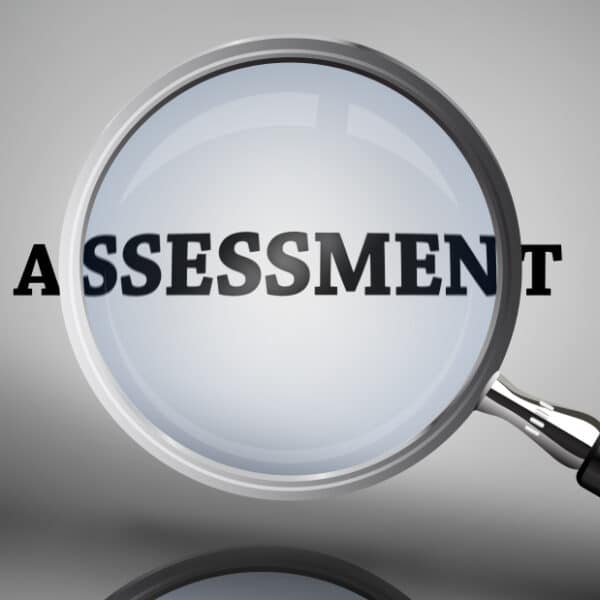 What is it
What is it
Self-assessment is an important part of the regulation and inspection of care services in Scotland. Each year, usually before the inspection of the service, the Care Inspectorate asks the care service to submit its self-assessment online.
The service is asked to state how well it is doing under each of the four quality themes of quality of care, quality of staff, quality of environment and quality of management, (although some support services such as Care at Home will omit the quality of environment theme.) It also has to identify areas for its own improvement.
The service is asked to grade its performance in each theme under the grading scale (see link 1 at end) which runs from unsatisfactory to excellent (1-6), much as the inspector will do when a report is issued after the inspection. This will grade the service under each quality theme in the same way.
Its importance
The self-assessment is important, when done effectively, for at least three reasons: firstly, it gives the service a benchmark for its own quality, like an internal annual improvement plan.
Secondly it gives an indication of the outcome of the annual inspection, since that inspection will sample and evaluate the same quality themes in the same way as the self-assessment.
Thirdly, if done as a continuous assessment, a live document throughout the year, it shows the service the areas it needs to work on to improve its quality grading. Try to keep it as a live document updated throughout the year.
How to do it
There is guidance given on the form itself and on the Care Inspectorate website (see link 2 at end). This says that the self-assessment must give (1) strong evidence (2) of improvement in quality, of (3) good outcomes for service users, and evidence of the (4) participation and involvement of people using the service, and their carers and family.
Evidence might consist of dates of examples of each quality measure with checkable sources of records, people involved, etc. Best practice, care standards and statutory requirements which you meet should also be included.
Improvements in quality would show that previously identified areas for development have been addressed, and describe any new quality measures or achievements which have been introduced.
Good outcomes would consist in successful setting and reaching goals or objectives of support for each person. Outcome measuring tools can be used here.
Participation and involvement can be shown by obtaining and acting on people’s views of the service, including their comments and evaluation in the self-assessment itself.
Summary
- Keep it up to date through the year, capture quality as it happens.
- Involve stakeholders in your service and in your self assessment, importantly the people you support.
- Record the objectives of support, and how and when outcomes are achieved.
- Give good, checkable evidence (the who, when, how, where) of what you achieve in your quality.
Links:
1 Grading criteria (see document’s appendix):
http://www.scswis.com/index.php?option=com_docman&task=doc_download&gid=922&Itemid=100181







